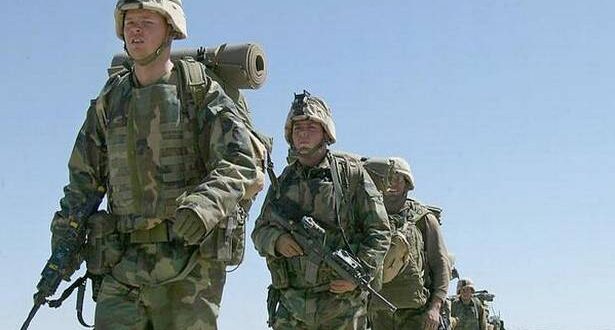The story so far On July 2,U.S. colors departed from the Bagram Air Base that coordinated the 20- time-long war in Afghanistan, effectively ending their military operations in the country. The exit is part of President Joe Biden’s plan to withdraw American colors from Afghanistan by September 11, the 20th anniversary of the terrorist attack on the binary halls of the World Trade Center and the Pentagon. Ever since the remainingU.S.
colors began pulling out on May 1, the Taliban have made rapid-fire territorialadvances.However, the number of sections went up to 157 in two months as of June 29, according to the Long War Journal, If the Taliban had controlled 73 of Afghanistan’s 407 sections before May 1. They dispute another 151 sections, which leaves 79 sections forcefully in the hands of the government. The Taliban’s military descent is riveted on the northern sections, far down from their southern fortresses, and several parochial centrals are under trouble.
Why did theU.S. foray Afghanistan?
Weeks after the September 11, 2001 terrorist attacks,U.S. President GeorgeW. Bush declared war on Afghanistan, which was also ruled by the Taliban.Mr. Bush said the Taliban governance had turned down his demand to hand over al-Qaeda leaders, including Osama bin Laden, who colluded the attacks. Inside Afghanistan, the NATO coalition colors led by theU.S. snappily dislodged the Taliban governance and established a transitional government. Al-Qaeda’s leaders and crucial operatives fled to safe havens in Pakistan.
TheU.S. rejected an offer from the Taliban to surrender and pledged to master the mutineers in every corner of Afghanistan. In May 2003, Defense Secretary Donald Rumsfeld blazoned that major military operations in the country were over. TheU.S. focus shifted to the Iraq irruption, while in Afghanistan, western powers helped make a centralised popular system and institutions. But that neither ended the war nor stabilised the country.
heU.S. had reached the conclusion long ago that the war was unwinnable. Chairpersons, starting with Barack Obama, had promised to bring American colors back home from Afghanistan. But theU.S. wanted a face- saving exit. In July 2015, the Obama administration had transferred a representative to the first- ever meeting between the Taliban and the Afghan government that was hosted by Pakistan in Murree. The Murree addresses didn’t progress as the Afghan government bared after the first ro
Latterly, President Donald Trump appointed a special envoy for Afghanistan, Zalmay Khalilzad, with a accreditation to directly negotiate with the Taliban.Mr. Khalilzad and his platoon held addresses with Taliban representatives in Doha that led to the February 2020 agreement between theU.S. and the mutineers. In the agreement, the Trump administration promised that it would withdraw all American colors from Afghanistan by May
1, 2021. President Joe Biden championed the Trump-Taliban deal, but pushed the deadline for pullout to September 11.Mr. Biden said on Friday, “ We ’re on track, exactly where we anticipated to be.”


No Comments Yet